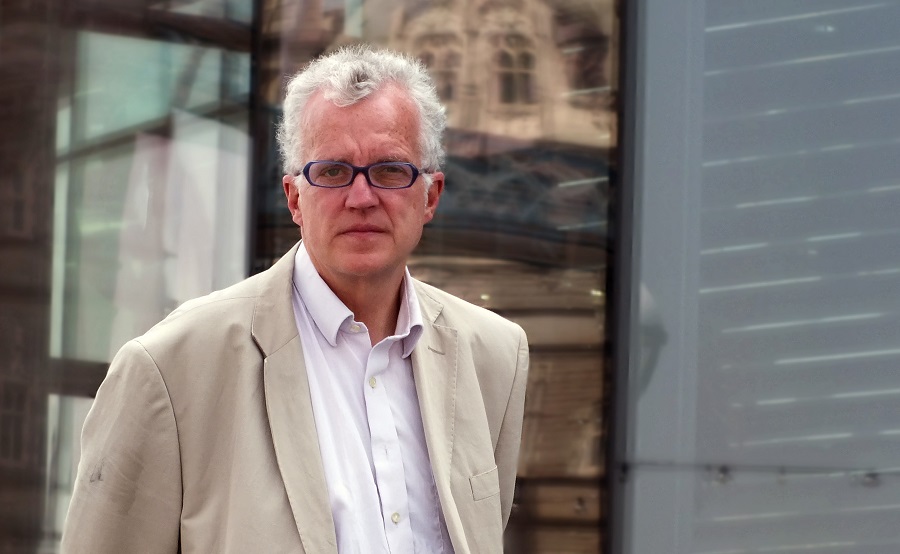It is no exaggeration to say that Ken Livingstone’s congestion charge has been one of the most successful innovations ever to come out of local government. Indeed, the success of the London scheme has implications well beyond the realms of transport and suggests several positive lessons to local authorities. The widespread acclaim for the scheme not only shows that innovation and courage can pay off, but that it is possible to introduce complex IT schemes out of the box with a minimum of glitches.
There was always some question as to how to define success for the congestion charge. Was the aim, for example, to reduce the number of vehicles on London’s streets and therefore cut congestion? Or was it a way of raising money for transport schemes?
In a way, these two aims are conflicting. Indeed, the London Evening Standard, which has desperately tried to find negative stories about the scheme, has pointed out that the revenue is likely to be less than the projected £130m per year precisely because more motorists than expected have deserted London’s streets. But broadly, both have been achieved. Traffic in central London is down by 20 per cent and the revenue expectations are only a bit below forecast. In fact, car numbers have reduced by an amazing 38 per cent, which shows that the charge is having precisely the desired effect by deterring marginal, probably single occupant, users from venturing into central London with their cars and freeing up road space for those who have no alternative, particularly goods vehicles.
There is no doubt that London has become a better place to live and work in since the introduction of the charge. Not only does the traffic flow better, but the bus services, already expanded greatly by Livingstone, are now much more reliable because of the reduction in congestion. It is no exaggeration to say that Livingstone has got London moving again by introducing the most radical transport policy since the abolition of the man with the red flag in front of motor vehicles.
Livingstone’s bravery in introducing the world’s biggest congestion charge scheme in such a large and high profile city as London should be recognised. That courage should engender a whole host of imitators both nationally and internationally. However, each area’s situation is different, and the political realities of local government are a constraint on innovation. This was brought home to me by a recent conversation with a senior Birmingham local councillor who told me it was very difficult to introduce any schemes which might be unpopular in the short term such as a pedestrianisation or traffic reduction because there are annual elections and ‘I might be out of a job if I try to push something that the electorate doesn’t like’. That timidity is depressing but revealing. It demonstrates that having annual elections is not necessarily more democratic but, instead, prevents the electorate from making more considered decisions about local council policies.
But the success of the congestion charge shows that the Birmingham councillor is wrong to focus so narrowly on the short term. Livingstone was elected on the basis of introducing the charge and despite an amazingly hostile media has pushed it through successfully and is now odds-on favourite for re-election. Indeed, his principal opponent and runner up last time, Steve Norris, recognising that the zeitgeist is against him, has had to retrench from his populist position of saying he would abolish the charge on day one.
The opponents of the congestion charge have been routed. Most of their arguments were tendentious anyway. A simple calculation, for example, would have shown that public transport could easily cope with what was at most a 1 per cent rise in usage. The notion that it was a regressive tax was pretty fanciful, too. Most really poor people do not own cars and those that do rarely drive into central London. Of course a few will have been affected, but most of those coughing up their fiver a day can well afford it.
The other interesting side effect of the congestion charge is the fact that it is a remarkably successful introduction of a new technology that had to work out of the box. The contract was given to Capita, famously known as Crapita in Private Eye for a series of high profile IT failures such as the teacher vetting scheme and several housing benefit contracts, such as Lambeth and Bromley.
However, in this instance, Capita has come up with the goods and stands to make a lot of money as the scheme is imitated elsewhere using the same technology. According to insiders involved in the congestion charge scheme, the reason for the lack of glitches over the technology has been very close monitoring of the development of the programme. Transport for London, which is responsible for the scheme, employed a lot of managers to ensure that Capita’s work was up to speed and standard, something which local authorities who have contracted out major work have often failed to do.
So as well as initiating a transport revolution, the success of the congestion charge also offers lessons for both central and local government in how to manage IT projects. That revolution is well underway. Already, the transport secretary, Alistair Darling, is talking about widespread road charging, whereas previously he had been very circumspect on the issue and, indeed, had sat on the fence about the London scheme. Livingstone’s local scheme is set to have big national implications.
